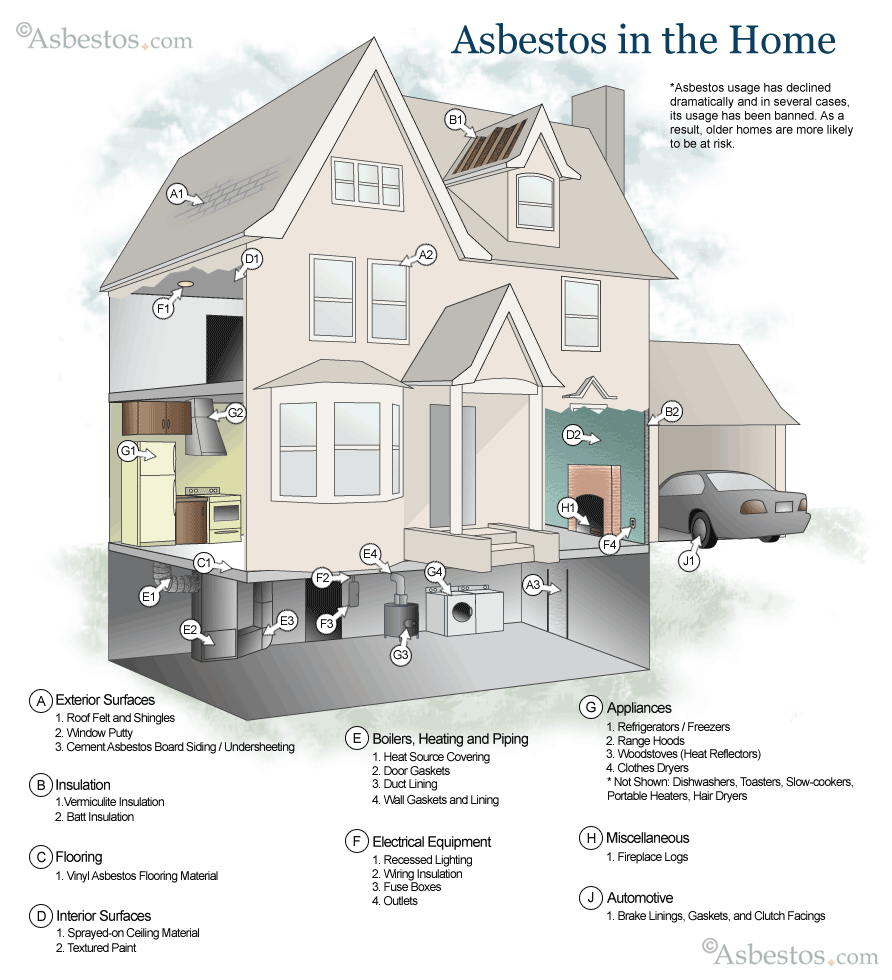Should I offer a Carpet Allowance to get my Home SOLD?
This is a great question from many Home Seller's. Here is how I responded to that same question:
---Original Message---
Sent: Tuesday, March 10, 2009
To: 'brad@kornteam
Importance: High
Brad and/or Sonya,
I want to add a $5000 carpet and paint allowance to the listing. The number one thing that seems to be consistently noted in our showing feedback is how “outdated” and/or poor condition ....(I have the full email at our Korn Team blog at www.kornteam.com
---Response---
...consider one more option. …Consider doing a 90 days, same as cash type deal…or even get him to put some cheap carpet (but decent looking) in.
Unfortunately, with all my years of selling, even the allowance will not get them past picking your home. It is truly a “Beauty Contest” AND a “Price War” and you have to win both. Obviously the price is not keeping them away…we are getting some decent traffic. Even a cheap new carpet is still new and looks great.
....I know you are both busy, so you might want to decide if you would rather discount the price and not do the work…make is such a good deal that anyone will overlook the carpets, etc…….OR…..do a little work to make it neutral (cream, off white, wheat colors, etc…) and have a better shot getting the price you are at. The honest truth is...if your home blew their socks off from the minute they walked into the home, carpet and paint would never keep someone from making an offer.
...they are seeing either better values out there, or maybe even homes that don't need the work, and are priced very competitively (sometimes even more than you...but no work needed, and completely updated).
Thanks.Brad
www.kornteam.com
brad@kornteam.com
A blog dedicated to informing the public about what's happening in various markets across North America. Data and information will be supplied by Top Agents throughout North America, so you can rely on getting quality information in your market. All agents will be known to me and must qualify to be a Top Agent.
Wednesday, March 11, 2009
Tuesday, March 10, 2009
Asbestos Attic Insulation Remains a Hazard for Homeowners
 If you are a home owner and believe you may have asbestos insulation, any disturbance has the potential to release its fibers in the air. Limiting the number of trips to the attic will help limit your exposure. It is important to meet with professional abatement contractors in order to determine what the best course of action is for your situation.
If you are a home owner and believe you may have asbestos insulation, any disturbance has the potential to release its fibers in the air. Limiting the number of trips to the attic will help limit your exposure. It is important to meet with professional abatement contractors in order to determine what the best course of action is for your situation.There are many things to consider when remodeling or purchasing an older home. Homes built prior to 1980 have a potential to harbor asbestos materials. A professional home inspection for potentially corrosive insulation materials is extremely important for a variety of scenarios.
Used in millions of homes throughout the twentieth century, asbestos insulation can be a big problem for homeowners because of its corrosive and health deteriorating qualities. Deadly cancer’s such as asbestosis and peritoneal mesothelioma are obtained through asbestos exposure and take the lives of thousands each year. With a latency period that lasts 20 to 50 years, it
it isn’t until the later stages of progression when physicians usually are able to accurately diagnose this disease.
The high amount of asbestos incidents over the last century has lead to mesothelioma attorney firms throughout the country advocating and protecting victim’s rights. The asbestos cover up was jointly executed by corporations and government, limiting citizens and workers of the dangers associated with asbestos.
The Environmental Protection Agency suggests:
- Asbestos insulation should be left undisturbed in your attic.
- Limit the amount of accessories and items stored.
- Do not allow children’s access.
- If you plan to remodel or conduct renovations, hire professionals to handle asbestos to safely remove the material. Removing asbestos by yourself can potentially spread fibers throughout your home and your family will be at risk of inhaling asbestos dust.
It is not always an easy process to determine whether or not a particular insulation contains asbestos. Anyone who is unsure about the insulation in their home should have the materials in question tested. To protect your investment, professional consultants can provide an evaluation of the home. Consultants will identify material defects structures and components of the home, in adherence to or exceeding national, state, and industry regulations and standards.
Subscribe to:
Comments (Atom)